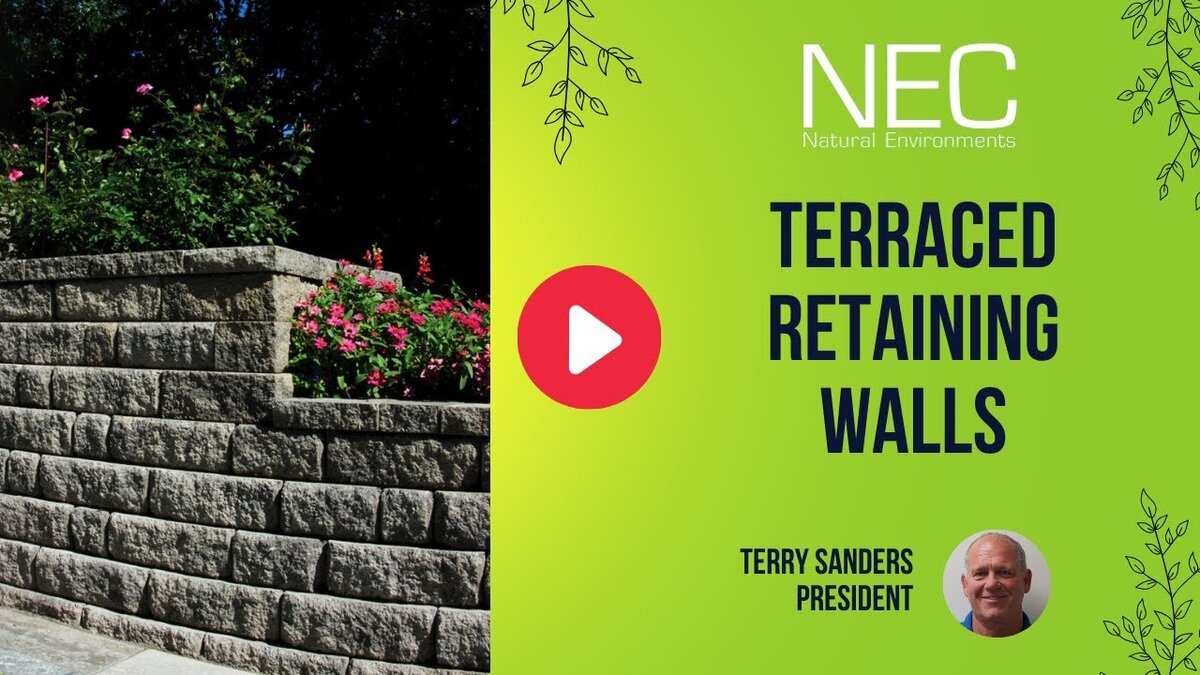Retaining walls, especially those made of stone, serve as both functional solutions for sloping terrains and stylish additions to landscapes. When considering such an investment, it’s essential to understand the various factors that influence their cost. From the type of stone selected to the intricacies of installation, several elements come into play. Let’s delve into a comprehensive breakdown of these cost determinants.

Stone Selection
The stone you choose can substantially affect the overall cost of your retaining wall. Every stone type has its own price range, often determined by factors like its source, rarity, or unique characteristics. For instance, locally sourced stones might be more affordable than those imported from distant locations. On the other hand, exotic or rare stones can command premium prices.
Uniformity of the Stone
A stone’s uniformity is a pivotal aspect to consider. Stones that are more uniform in size and shape tend to be easier and quicker to install since they fit together seamlessly. Conversely, non-uniform stones can be more challenging to work with. They require a craftsman’s touch, meticulous placement, and can be time-consuming, all of which can increase the labor cost.
Access to the Construction Site
The accessibility of the site where the stone retaining wall will be erected is another crucial factor. It may seem like a minor detail, but in reality, it can greatly affect labor and transportation costs.
A construction site that allows for direct delivery of stone pallets and machinery will generally have lower costs. In contrast, a site that requires stones to be manually transported, say via wheelbarrows around obstacles or houses, will naturally inflate labor hours and costs. It’s always beneficial to choose a location that’s easily accessible or to find ways to make it more reachable for smooth operations.
Wall Dimensions
The very dimensions of the stone retaining wall, its length, and height, have direct cost implications. Larger and taller walls naturally require more materials and labor, thereby driving up costs.
Engineering Considerations
Beyond the basic dimensions, there’s the matter of engineering. Taller walls, in particular, may need to be engineered to ensure they’re structurally sound and safe. This might be a legal requirement in many jurisdictions. While the engineering aspect introduces an additional cost, it’s a non-negotiable for the safety and longevity of the wall. It’s always wiser to invest upfront than face potential issues or even legal liabilities later on.
Backfill Materials and Their Costs
The choice of backfill material for your stone retaining wall is more than just filling space; it’s about structural integrity, drainage, and long-term durability. And each type of backfill material comes with its own cost implications.
The Role of No-Fines Concrete
Among the popular backfill choices, no-fines concrete stands out for its unique properties. This material allows water to flow through freely, ensuring that the wall doesn’t experience undue pressure, which could compromise its stability. Its porous nature effectively mitigates the risk of water damage or wall collapse. While no-fines concrete might introduce an additional cost, its benefits in terms of strength and longevity often justify the expenditure.
Conclusion

Constructing a stone retaining wall is a multifaceted endeavor with numerous factors influencing the final cost. Stone choice, uniformity, site accessibility, wall dimensions, engineering requirements, and backfill materials all play significant roles in shaping the budget.
If you’re ever in doubt or need expert advice tailored to your specific situation, don’t hesitate to contact Natural Environments Corporation today. Our team is always here to guide you through the intricacies of stone retaining wall construction.



